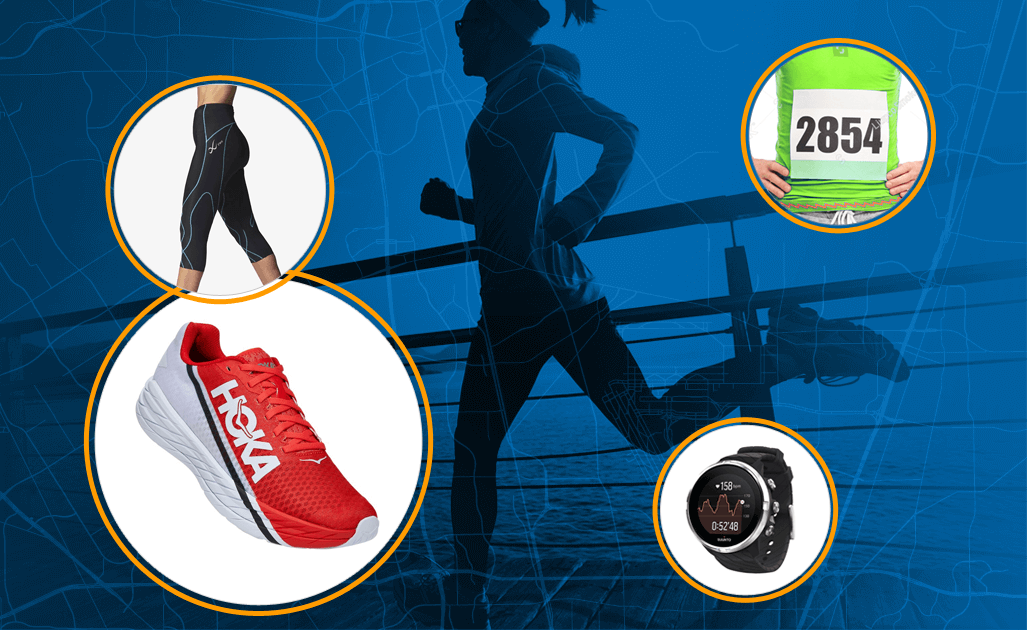Thinking about swapping all those road miles for trail running?
If you're new to running, used to pounding the pavement, or just ready to step into the secret society of trail running, you're in the right place.
Our WeeViews members have collectively ran millions of miles, and our Rising Stars (like WeeViews Ambassador Brynn Cunningham) have logged more miles than most.
Ready for some trail running?
Use these 11 dirty little secrets to churn dirt, run more miles, and enjoy the adventure.
Trail running can be defined as running off-road on an unpaved surface.
When we think of trail running, we might think of a forested path through tall trees.
Yes, trail running is definitely that, and more.
It can can take place on a variety of terrain and geographical landscapes, such as:
Let's take a closer look at the dirty little secrets of trail running to help you get started.
As you can see, terrain lies within the very definition of trail running and is what sets it apart from road running.
We could think of it this way: trail running and road running differ in the same way that hiking and walking differ:
So far, we’ve covered what defines trail running.
But what about…
I suppose those simply lie within the category of running. Even though the surfaces are “non-paved,” they just aren’t quite what makes trail running, trail running.
Elevation refers to the amount of uphill running, or climbing, and downhill running, or descending, that makes up a route or course.
The number of feet or meters climbed is often called:
The number of feet or meters of descent is often called:
An elevation profile or chart shows the ups and downs of a route. In trail running, the elevation profile is nearly as important as the number of miles a course is.
“What’s the elevation?”
When running trails, the pace is slower and less consistent than running on roads because of four factors (two that have already been explained):
Trail running pace is almost entirely at the mercy of these external elements.
To illustrate more clearly, let’s look at two trails I’ve run that are similar in distance.
It took me nearly five more minutes per mile to run the Big Savage than it did to run the Que Trail because of the tremendous difference in the terrain, conditions and trail markings and maintenance.
Clearly, pace is nearly always determined by external influences.
Of course, it goes without saying that internal factors such as fitness, genetics and running experience, comfort with the outdoors, mindset and more affect individual pace, but external factors hold an undeniable influence.
Go ahead and imagine yourself running:
versus...
Obviously, your pace for the coastal run might look more like your road paces, while your pace for the latter might be twice as slow.
As one final example, let’s look at a race, one that exemplifies this point perfectly: the Mount Marathon 5k in Seward, Alaska.
The Mount Marathon 5k course records:
Meanwhile, the non-trail 5k world records:
To sum up, when trail running, expect the unexpected, plan to be out there longer, ditch the desire for negative splits and go with the flow and feel of your body as it moves across the earth, obstacles and all.
Patagonia says it best in its fall 2022 trail running promotions:
“You don’t need much to accomplish quite a lot.”
Many of us started trail running in road shoes and cotton shirts, perhaps with a plastic water bottle in hand..
The more we run trails, though, the more we find that the right gear can take us farther and longer.
The most important piece of gear for trail running are the shoes.
Your best bet is to visit a local running store to try before you buy and talk shoes with the knowledgeable reps.
Yet, many of us live hours from the nearest running store, and even farther from those that carry a large selection of trail running shoes.
In addition, here’s thorough review on one shoe NOT on the above lists:
And that brings us to the next item in our list…
Running rails requires more output, so it’s a good idea to carry fuel.
As an example, check out the differences in how I’ve fueled in a road marathon versus a trail marathon:
2016 Pittsburgh Marathon:
2018 Vermont Infinitus Trail Marathon:
Simply put, running trails makes me want real food, while running roads does not have the same effect, even on a supposedly “hilly” road marathon, as Pittsburgh is often described.
It seems simple enough, right? Just go to the woods and run.
Yet, these tips can make for a smooth transition to the trails.
Adventuring into the wild with a group can be a rewarding, fun-filled experience, especially if you’re new on the trail running scene.
Recruit your friends to try trail running with you, or, if you’re more experienced and can offer to show others the ropes of trail running, start your own group, like I did, with the Trail Run Tribe.
Find a trail running group near you:
What comes to mind when you think about trail racing?
I’ll share some of mine:
UltraSignup is perhaps the most popular trail racing registration website across the globe.
The site does more than provide a list of trail races. It also:
Retreats have become popular in the past few years and are a perfect way to fully immerse yourself in the sport while taking time away from regular life.
Trail running can be a wondrous, joyful, playful sport.
It can build and shape your character, making you a more adaptable, resilient, environmentally aware, safety-conscious runner and human.
Whether your life revolves around trail running or you simply want to add it into your training schedule once or twice a month, trail running can enrich your running practice and keep you running happy and strong for miles and years to come.
What’s more, you don’t have to run ultras to run trails - even small doses of trail running does the body, mind and spirit good.
So get out there and allow the trails to inspire you.
Happy trail running!

Login to your account to leave a comment.
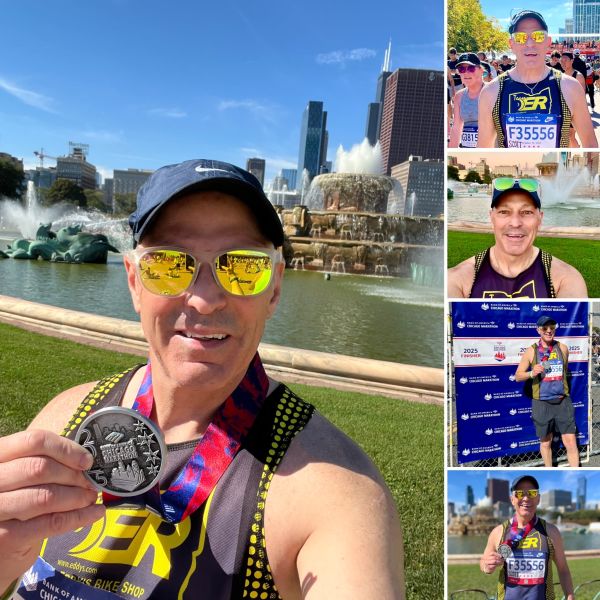
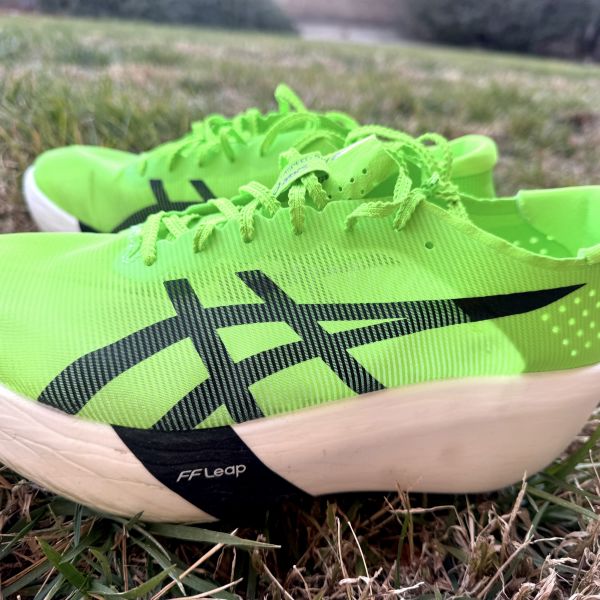
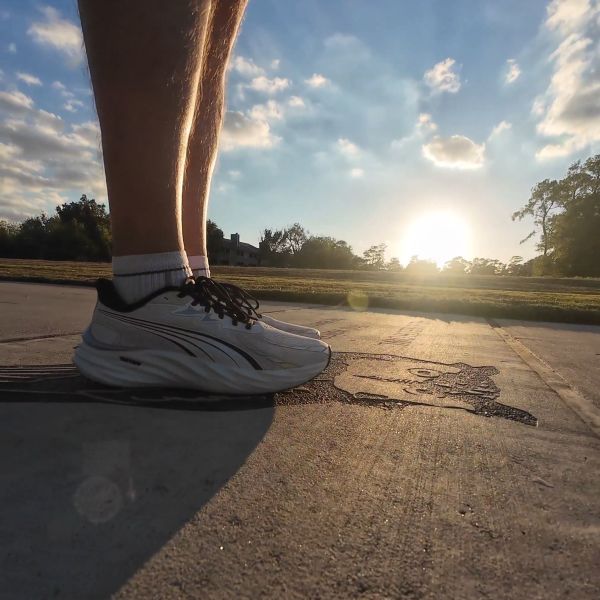
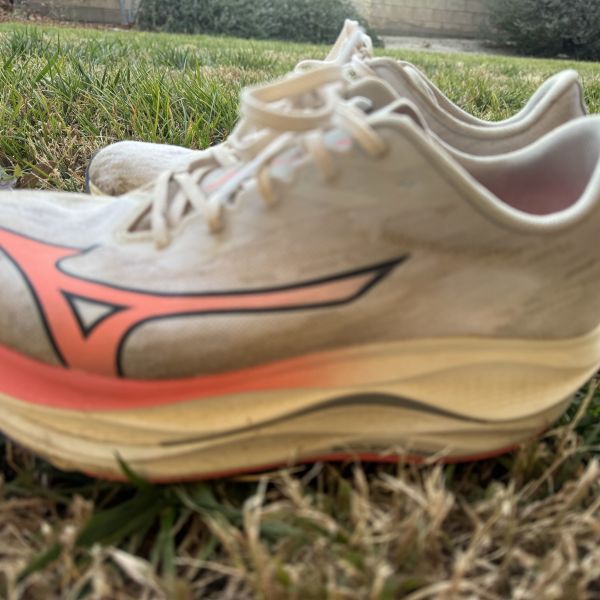
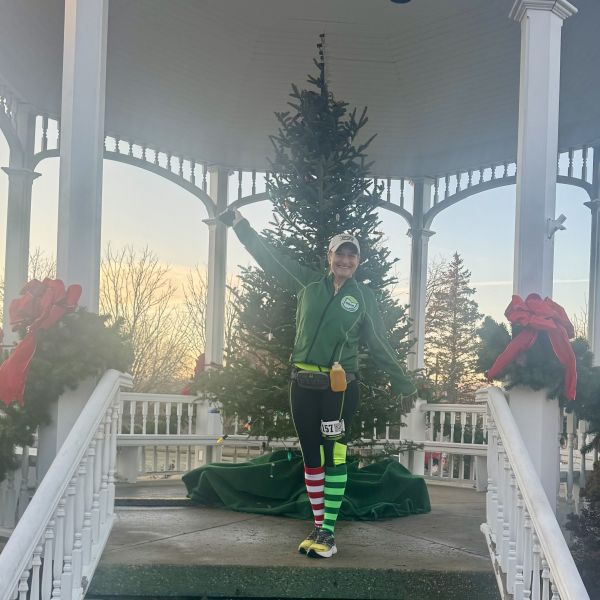
We Want to Give it to You!
